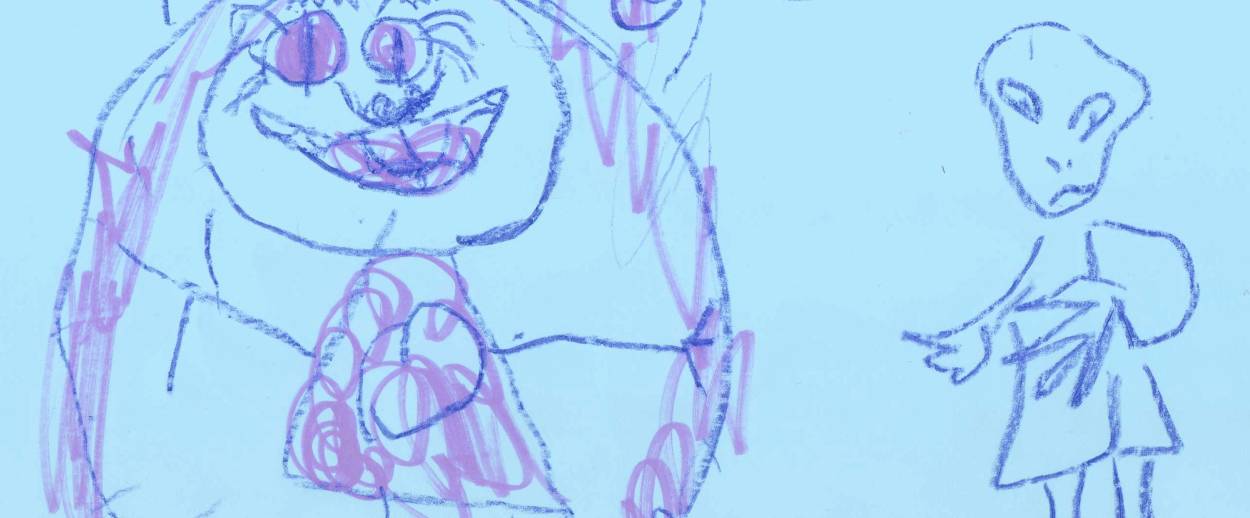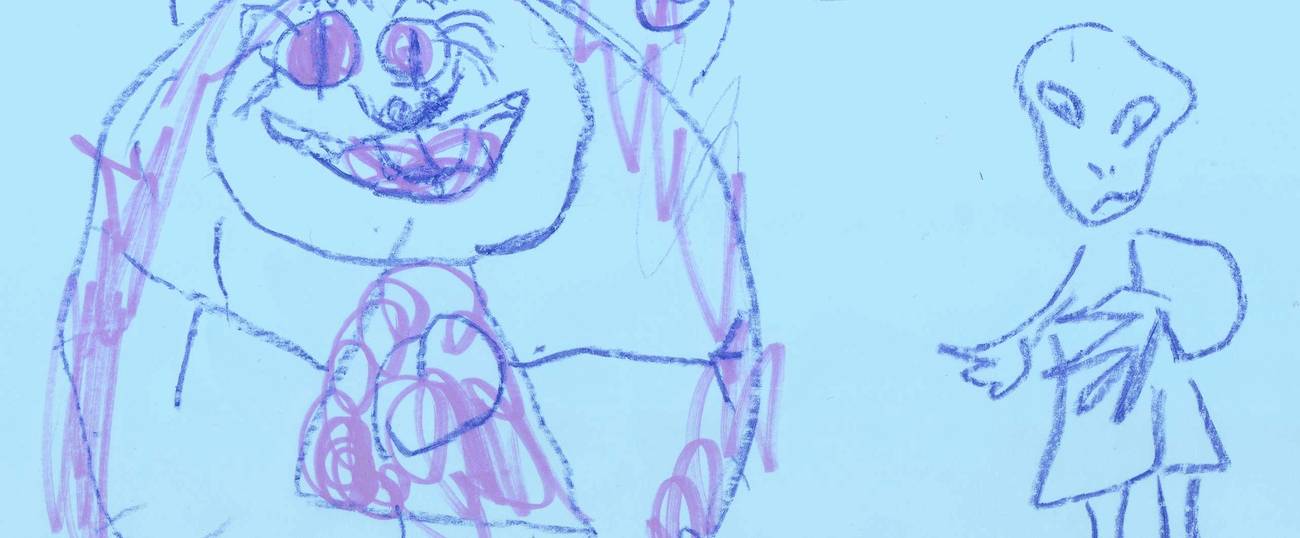In the summer of 1997, Harry Potter and the Sorcerer’s Stone was first published by Bloomsbury Publishing. In the 20 years since, Harry Potter has become a cultural phenomenon beyond compare. It is an identity marker, an organizing force raising millions of dollars for good causes, a way to process difficult times and a beloved classic. And Harry Potter might just be the book that our children will use to understand the Holocaust. Let me explain this strange-sounding claim.
I started reading Harry Potter secretly; secretly because I was attempting to maintain a perception of sixth-grade “cool.” Three weeks and three books later, I gave up the pretense and became a full-blown fan. When I got to college, Harry Potter books in tow, I became deeply invested in the study of the Holocaust, and at the time I couldn’t tell you why. I took class after class about comparative genocide, Holocaust literature and representation, and modern Europe, and throughout it all, I relied heavily on the lessons of Harry, Hermione, and Ron to grapple with the confusion, the horror, and the trauma that came with my studies.
The Harry Potter series also helped me ask questions I wouldn’t have been prepared to ask otherwise. I had a fortunate childhood; I’d never lost a loved one and I experienced very little physical discomfort. But I had lost Cedric and Sirius and Dumbledore and Fred. I had walked alongside Harry as he struggled with PTSD. And I saw how easy it was for Cornelius Fudge to turn his eyes away from the truth. When I look back, it is clear that Harry Potter wasn’t just a tool at the time for comfort or reflection; it was what compelled me to study the Holocaust in the first place.
It is a daunting task for children to grasp both the miracles of survival and the horrors of suffering that occurred during the Holocaust. When they hear stories of survivors, how can they imagine the dark reality without becoming traumatized themselves? The fantasy elements of Harry Potter can give children a framework to safely encounter the twisted absurdity they inherit, whether directly or not. Consider the moment in the final book of the Harry Potter series, when the famous trio has to go deep into the belly of the wizarding bank, Gringotts. When they get down there, to rob a vault to save the world, they see that the vault is guarded by a blinded, beaten, and chained dragon. To avoid getting caught by bank guards, they break the chains of the dragon who moments before was trying to kill them and ride on its back to safety. Once free, the three must jump off of the blind dragon’s back into a lake, afraid that if the dragon notices that they have used it, it will turn on them. What a powerful allegory to prime kids for the absurdity of Kapos, of imprisonment, of the torture required to demean a living being into subservience, and the dangers around freedom.
Even within its fantasy world, the Harry Potter series does not shy away from depicting the specifics of suffering, which provide a window into the all-too-real material damage that was the Holocaust. Again, in the final book, Harry and his friends are caught after being hunted by the Death Eaters (i.e., Nazis). They are taken to a basement and separated. Hermione, who, according to the Death Eaters, has “dirty blood,” is tortured for information at the hands of a “pureblood” woman. We hear Hermione’s screams and we hear the screams of her loved ones as they have to listen to her being tortured, helpless.
There are dozens of scenes like this in the series. In which Harry has to engrave “I shall not tell lies” into his own hand again and again because of a demented administrator. Allies die, ears get slashed off, and children get murdered by adults who mock them as they kill. The combination of the fantastical and the specific horrors meet children where they are to help them understand the insanity of oppression and the reality of trauma.
Another challenge for children when learning about the Holocaust is the need to come to terms with the human capacity for evil. There is no one personification of evil in Harry Potter, and this rich text provides a safe space for difficult conversations about the actions and intentions of those who participated in the violence of the Holocaust, whether it be members of the Einsatzgruppen, Adolf Eichmann, or the citizens who kept silent as their neighbors vanished.
Voldemort is the purest representation of evil in the series; even very young children can understand the evil of Voldemort. When he is introduced in book one, he isn’t even in human form. He is a half-thing. A demonic possession of a small, cowardly man. But over time, book by book, evil is presented in more complicated and nuanced ways.
Consider the Horcrux. To create a Horcrux (a piece of a soul that has been split in order to attempt immortality), Voldemort must commit murder, and the evil of the act lingers physically. It forever alters the world, and nobody is immune to it. In book two, Ginny Weasley is complicit in attacks on students because of her emotional attachment to one of these Horcruxes. And in book seven, Ron Weasley abandons his friends and their mission out of the jealousy and anger caused by the weight of wearing another Horcrux. These two characters, who grew up in a caring home with strong values, and who have never had any personal encounters with Voldemort, are still vulnerable to the effects of the evil caused by Voldemort and can fall into a state of hate and fear instead of love and forgiveness.
Similarly, the death of Cedric Diggory is a crucial marker in the series and helps readers understand the prevalence of evil. At the end of book four, Harry and Cedric Diggory find themselves standing in a dark and unfamiliar graveyard after they’ve fought their way through the last trial of the Triwizard tournament, a maze turned sinister as the champions began to turn on each other. Then suddenly, as they begin to get their bearings, the scene is shot through with a cold voice saying, “Kill the spare.”
Up until this point, the fear and evil in Harry’s life have been personal and straightforward. But the casual violence of the Killing Curse is a brazen revelation of the banality of evil. Evil can be lazy, evil can be careless, evil can be routine. And it is unclear whom to hold accountable for this act. Is it Voldemort for giving the unfeeling order? Is it the man acting on the order? Is it the Death Eaters, as they arrive and say nothing of the dead boy near their feet? Is it the foot soldier who intricately designed the moments that led Cedric to this place? They are all culpable.
Evil is not always flashy or easy to recognize; it often comes from several sources in several forms, and it has permanent effects on the world we live in. But within Harry’s story, there is also hope that if we as humans all have the capacity for evil, what a wonderful act of defiance when we cultivate love instead.
We are at a crossroads in the history of the Holocaust. As the last survivors perish, we are losing a direct link to their witnessing of the horror, the miracles, the fear, the death, the stories of endurance and of moments of incredible humanity. We must and will continue to tell their stories.
But we want to be sure we are passing on more than trauma, coping mechanisms, and numbers. Including Harry Potter in the Holocaust literature canon seems like a thoughtful choice that can aid in purposes as diverse as the readers who engage with the texts, and which helps us think about the survivors who are no longer with us. The Harry Potter books are full of ghosts. Harry is joined by the dead at various points on his journey and they provide guidance, comfort, and strength. In fact, there is a line at the very end of the series, in reference to four of these ghosts, that “their presence was his courage.” Let us invite this next generation to honor and gain courage from our ghosts by sending them on a journey with Harry Potter, a boy plagued by generational trauma who rises and fights evil on his own terms. Perhaps, if we let them, the Harry Potter books can teach us how to live with, and learn from, our ghosts.
You can help support Tablet’s unique brand of Jewish journalism. Click here to donate today.

